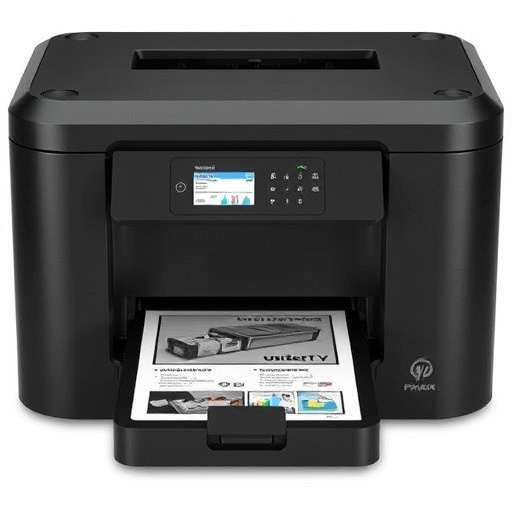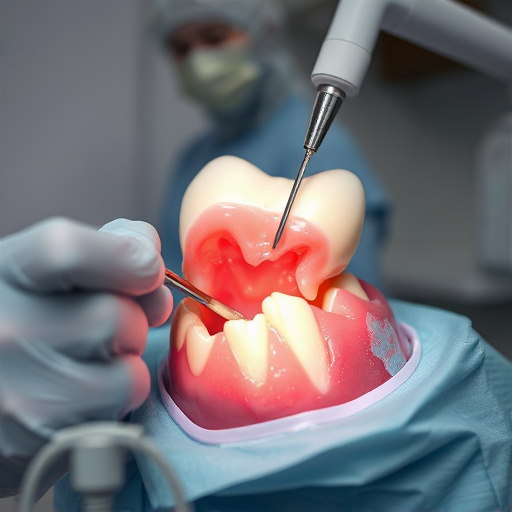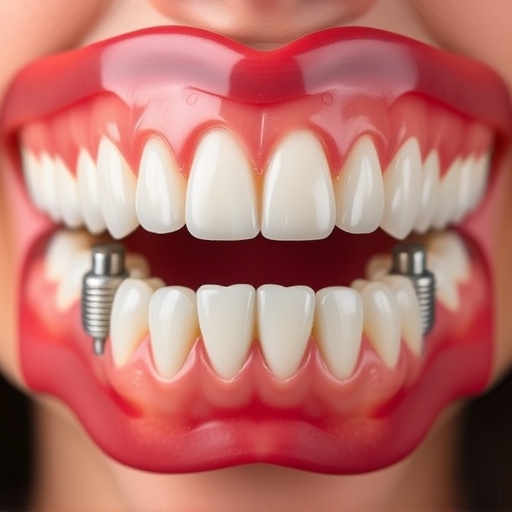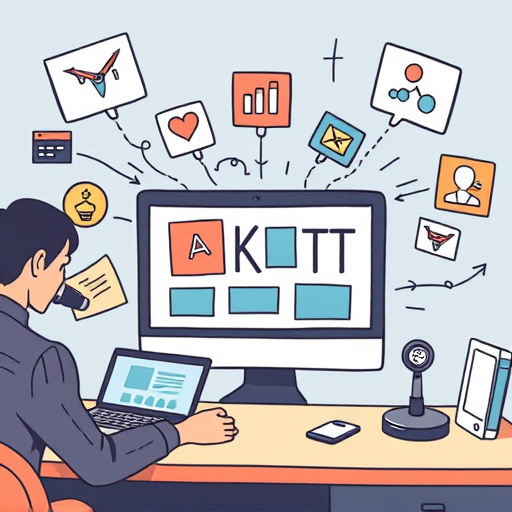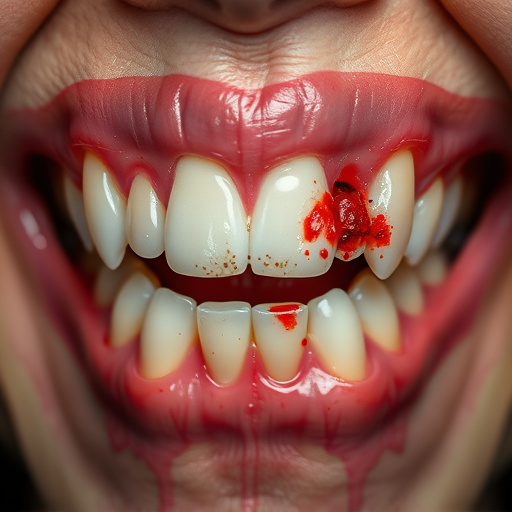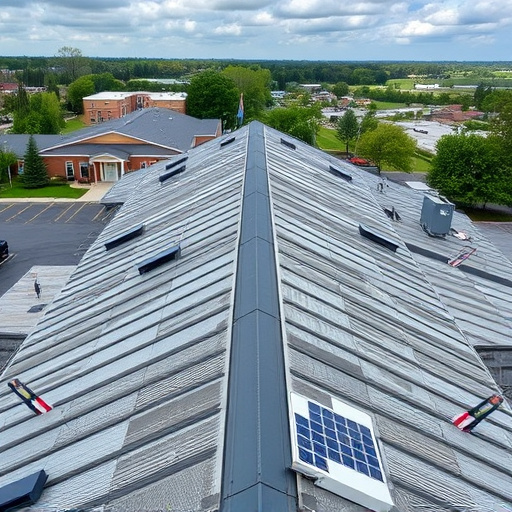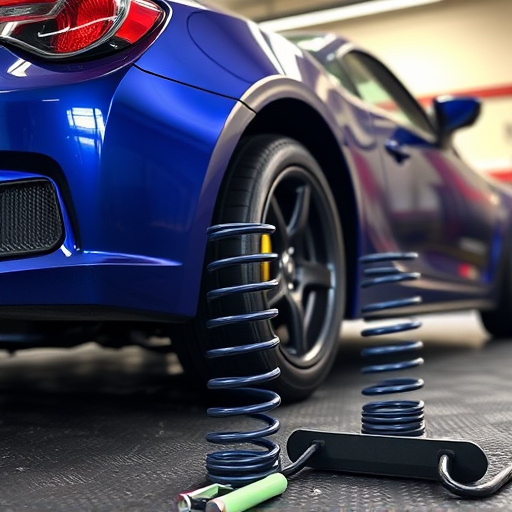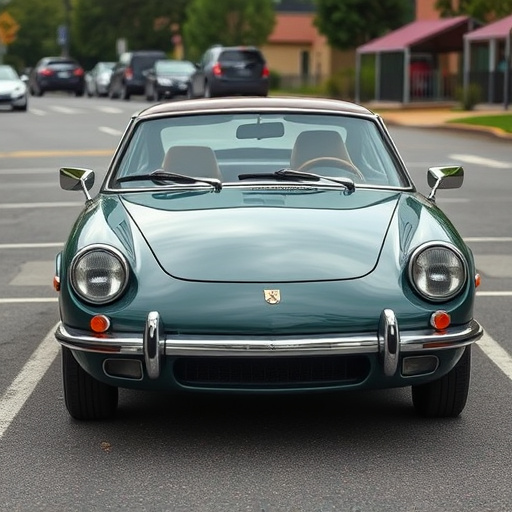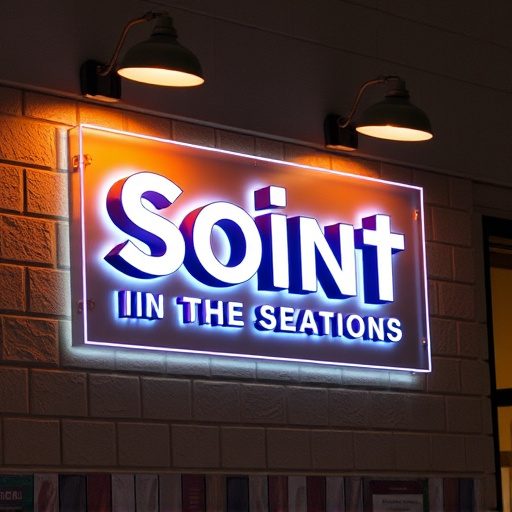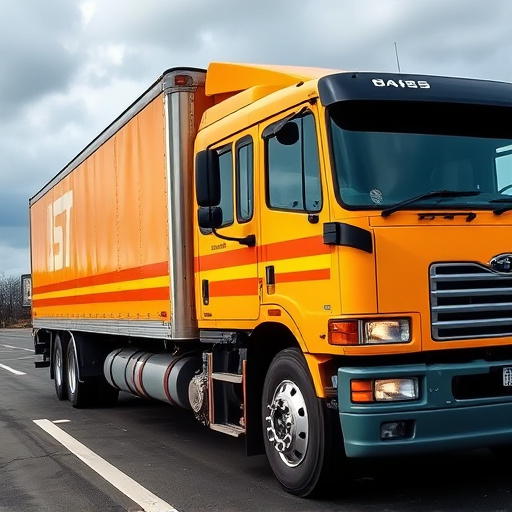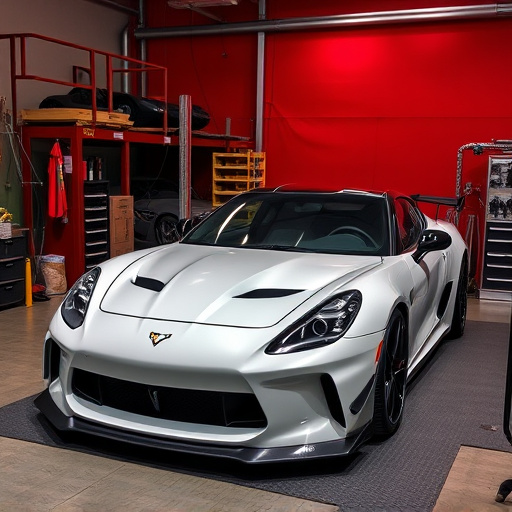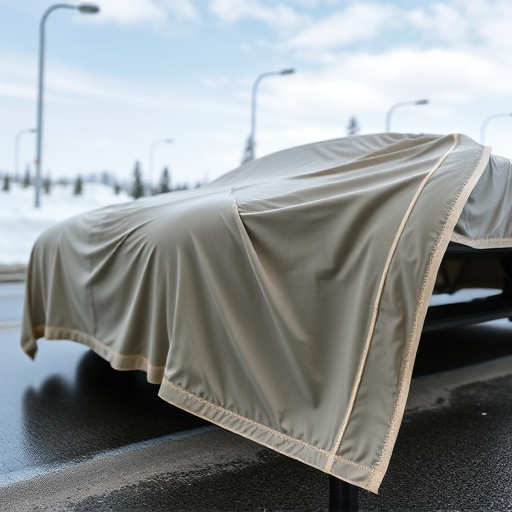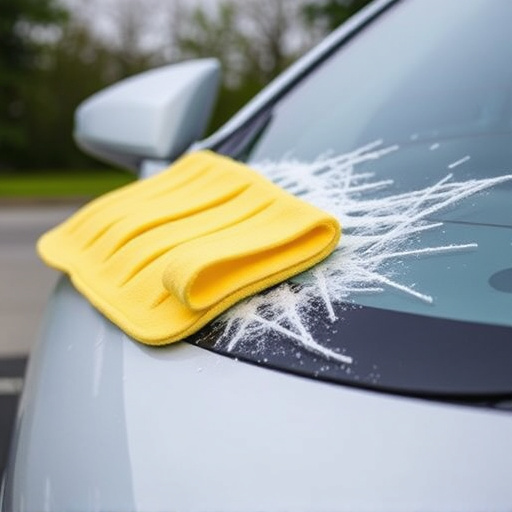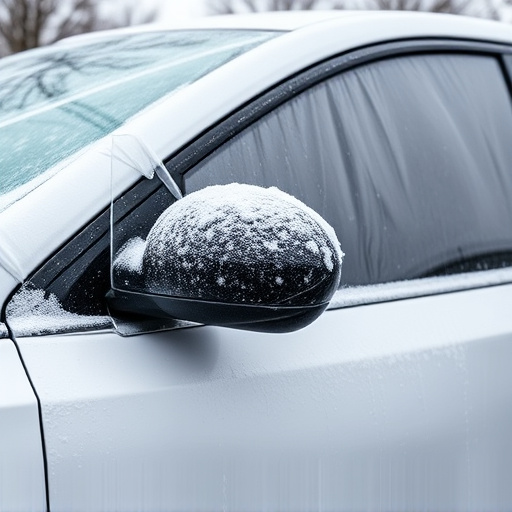Selecting durable, UV-resistant materials from brands like 3M, Avery, or Oracal is key for successful vehicle wrap installations. Meticulous preparation, including surface cleaning and priming, combined with skilled application techniques ensures long-lasting results that enhance aesthetics and protect the car's paint job. Regular washing and avoiding harsh chemicals maintain the wrap's quality, while a ceramic coating adds extra UV protection and extends its lifespan.
“Elevate your vehicle’s style with professional-grade wraps! This comprehensive guide explores the art of vehicle wrap installation using top materials like 3M, Avery, and Oracal. From selecting the perfect material for your needs to mastering application techniques, we cover it all. Learn the secrets to achieving stunning, long-lasting results that turn heads on the road. Discover expert tips for maintenance and care, ensuring your wrap stays vibrant and protected. Optimize your vehicle wrap installation process today.”
- Choosing the Right Vehicle Wrap Material
- Preparation and Application Techniques
- Achieving Professional Results and Maintenance Tips
Choosing the Right Vehicle Wrap Material

Choosing the right material for a vehicle wrap installation is an essential step that can make or break the entire project. Factors like durability, scratch resistance, and UV protection should guide your selection. High-quality materials from brands like 3M, Avery, or Oracal offer excellent clarity, long-lasting adhesion, and robust protective properties. For instance, ceramic window tinting films, a specialized type of vehicle wrap, provide enhanced scratch protection, ensuring the finish remains pristine even in harsh environments.
When considering vehicle wraps, evaluate your specific needs. If you’re looking for superior durability against road debris and sunlight, opt for materials with advanced coatings that resist fading and cracking. Scratch protection is crucial for maintaining the aesthetics, especially on high-traffic areas like door handles and side mirrors. These considerations will help ensure a successful and long-lasting wrap installation.
Preparation and Application Techniques
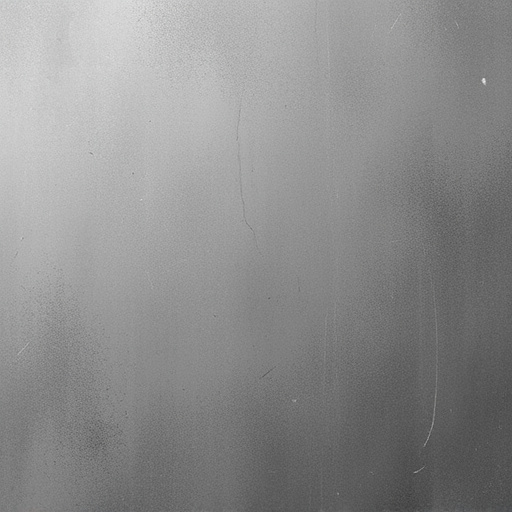
The success of a vehicle wrap installation heavily relies on meticulous preparation and application techniques. Before beginning, ensure the surface of the car is clean, free from dirt and grease, and properly degreased to achieve optimal adhesion. This step-by-step process involves thoroughly washing and drying the vehicle, repairing any existing damage, and applying a primer to create a smooth base for the wrap material. When choosing materials from 3M, Avery, or Oracal, consider their unique properties: while all offer excellent UV protection, each brand has distinct performance characteristics in terms of durability, color vibrancy, and ease of application.
During installation, skilled technicians use precise cutting tools to shape the wraps around curves and corners, ensuring seamless coverage. The application process requires careful alignment, smoothening, and sealing to prevent bubbles or wrinkles. Proper placement and pressing are crucial for a professional finish. These techniques not only enhance the aesthetic appeal but also serve as a form of vehicle protection, safeguarding the car’s original paint job and providing added automotive detailing benefits.
Achieving Professional Results and Maintenance Tips
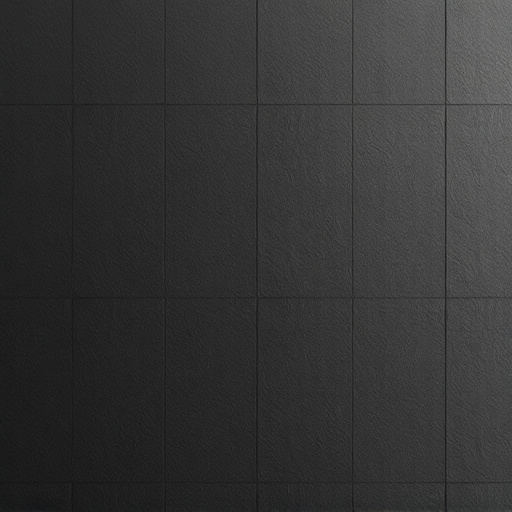
Achieving professional results with vehicle wrap installation requires meticulous attention to detail and adherence to best practices. Using high-quality materials from brands like 3M, Avery, or Oracal is a solid foundation, but proper application techniques are key. Skilled installers understand the importance of surface preparation, ensuring the paint is clean, smooth, and free of any defects that could compromise adhesion. They also employ precise cutting and trimming methods to create crisp edges and avoid bubbles or creases.
Maintenance tips for wrapped vehicles focus on preserving both the wrap and the underlying vehicle. Regular washing with a soft cloth and mild soap is recommended to keep the wrap clean and protect it from environmental factors. Avoid using harsh chemicals, abrasive washers, or high-pressure hoses as they can damage the material. Additionally, applying a ceramic coating can enhance protection, offering an extra layer of defense against UV rays, bird droppings, and other contaminants, thus prolonging the life of the vehicle wrap and maintaining its like-new appearance.
Vehicle wrap installation has evolved into an art, with materials from 3M, Avery, and Oracal leading the way. By understanding the right material choice, preparation techniques, and professional application methods, you can transform any vehicle into a vibrant mobile advertisement. Regular maintenance ensures longevity, preserving the initial impact of your wrap design. Embrace this innovative form of graphic expression and elevate your brand visibility on the road.
